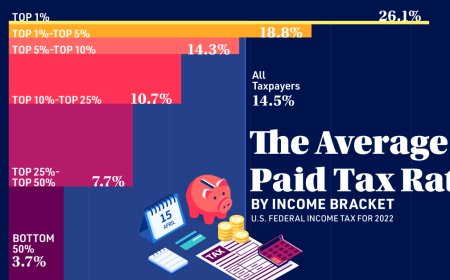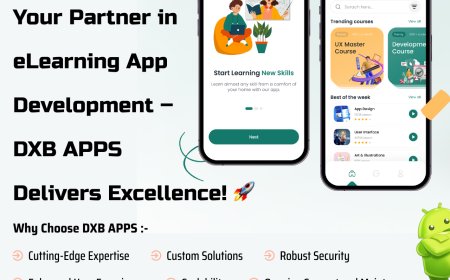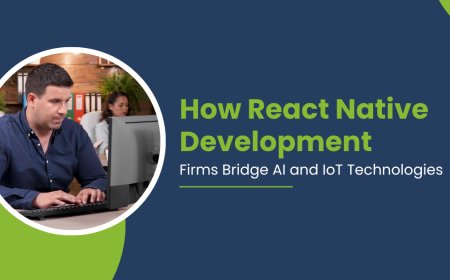Flutter vs React Native – Which One Should You Learn in Chandigarh?
Join expert-led Flutter training in Chandigarh and learn to build high-performance Android & iOS apps with a single codebase. Hands-on projects, certification, and job assistance included.

Two of the most powerful cross-platform frameworksFlutter and React Nativeare leading the industry. But as a student or aspiring developer in North India, you might wonder: Which one should you learn? The answer depends on your career goals, learning style, and the job market around you. If you're exploring mobile development options, opting for a professional course like Flutter Training in Chandigarh could be your first step toward success.
Chandigarh, being a growing tech hub with numerous startups and software companies, offers plenty of opportunities for trained developers. Choosing the right framework to specialize in can significantly enhance your employability, freelance income, and future growth prospects.
What Is Flutter?
Flutter uses Dart as its programming language and is known for its speed, flexibility, and beautiful UI components.
Key Features of Flutter:
Single codebase for Android and iOS
Hot reload for fast development and debugging
Customizable widgets for pixel-perfect UI
Backed by Google, ensuring long-term support
Great for creating high-performance, visually attractive apps
Flutter is gaining rapid popularity among startups and enterprise companies alike due to its performance and design advantages.
What Is React Native?
React Native is a JavaScript-based framework developed by Facebook that lets you build mobile applications using React. Like Flutter, it also allows for cross-platform development with a single codebase, saving both time and resources.
Key Features of React Native:
Built on JavaScript, one of the most widely used languages
Reusable components for Android and iOS
Strong developer community and plugin ecosystem
Integration with native modules and third-party libraries
Supports Live and Hot Reloading
React Native is ideal for developers who are already familiar with JavaScript or have experience with React.js in web development.
Flutter vs React Native A Detailed Comparison
1. Performance
Flutter: Offers near-native performance due to its compiled code (Dart compiles to native ARM code). It renders everything from scratch using its own rendering engine.
React Native: Relies on a JavaScript bridge to interact with native components, which may cause performance bottlenecks in complex apps.
Verdict: Flutter takes the lead in performance.
2. Learning Curve
Flutter: Requires learning Dart, which may be unfamiliar to new developers.
React Native: Easier to pick up for those with JavaScript or web development experience.
Verdict: React Native wins in terms of ease of learning.
3. Community Support
React Native: Launched in 2015, it has a more mature and widespread community.
4. UI Components
Flutter: Offers a vast collection of highly customizable widgets that follow Material Design and Cupertino aesthetics.
Verdict: Flutter shines in creating custom and beautiful UIs.
5. Development Tools
React Native: Has good integration too, but often requires additional setup for native modules.
Verdict: Flutter provides a more complete development experience out of the box.
Job Opportunities in Chandigarh: Flutter vs React Native
In Chandigarhs growing tech ecosystem, demand for both Flutter and React Native developers is steadily rising. However, many startups and mid-size IT companies are leaning toward Flutter due to its performance benefits and rapid development cycle.
Enrolling in a Flutter Training in Chandigarh can be a smart move if you want to position yourself as a valuable asset to companies developing high-quality mobile apps. Many institutes offer job assistance, real-time projects, and portfolio-building opportunities which can significantly boost your chances of employment.
That said, React Native still holds a strong position, especially for web developers transitioning to mobile or agencies offering hybrid development services.
Which Framework Should You Learn?
Heres a quick checklist to help you decide:
Choose Flutter if:
You want to create aesthetically pleasing, high-performance apps
Youre starting fresh and open to learning Dart
You aim to work in startups or companies using modern tech stacks
You want an edge in app speed and design consistency
Choose React Native if:
You already know JavaScript or React
You want to switch from web to mobile development
You aim to build simple apps with a shorter learning curve
Ultimately, both frameworks are powerful, and your choice should align with your long-term goals and learning preferences.
The Importance of Formal Training
While self-learning is possible, formal training adds structure, expert mentorship, and hands-on experienceall of which are essential for building real-world applications.
Good Flutter or React Native training programs in Chandigarh will help you:
Learn core concepts and advanced techniques
Work on real-time app projects
Build a professional portfolio
Get industry-recognized certifications
Receive career counseling and placement support
Institutes like CBITSS in Chandigarh offer comprehensive Flutter courses tailored for beginners and working professionals alike. Their experienced trainers, updated curriculum, and job-oriented training make them a reliable choice for tech enthusiasts.
Conclusion: Choose What Suits Your Path
If youre looking for performance, UI flexibility, and modern development trends, Flutter is a strong contender. On the other hand, if you value community support, faster onboarding, and already know JavaScript, React Native might suit you better.
That said, many learners in the region are gravitating toward Flutter Training in Chandigarh due to its growing demand in the local job market, advanced capabilities, and long-term career benefits. Make your choice wisely and begin your journey in mobile app development with the right framework and training partner.








































